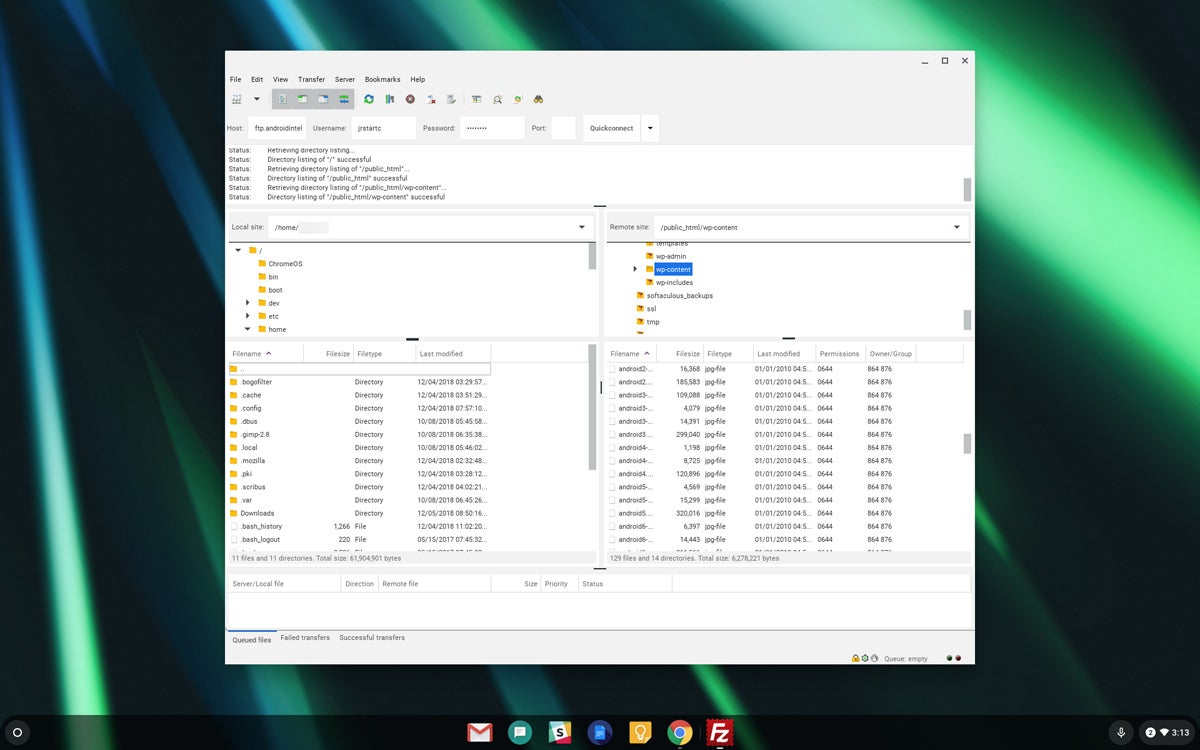

It is so simple and fast to use AppImage format applications, there is no need to install applications as before, all you need to do is download the application, make it executable and run it, as simply as that. It works in a comparable analogy to Snap, under it, an application is bundled together with all its dependencies in a single file, hence the idea of one app equals to one file.

This is also a software packing format that works in its own fashion as compared to the traditional software packing systems. This will do away with difficulties in the packing process plus handling of the updates by users as compared to the past methods. While on the developers’ side, the whole idea of Snaps is also complemented by the use of Snapcraft, which enables developers to easily work on software for different platforms that is mobile, PC, server and IoT devices by helping them bundle software and dependencies into a single package. In this way, a package does not cause a clutter on your system reducing the risk of breaking the rest of your Linux system. This is a software packing format that bundles software including its dependencies into a single package, it is installed in a separate directory from other system directories unlike other old software packing formats such as. There are also other new software packing systems already working to battle Snap in the game, and these are Flatpak and AppImage, we are going to get a clear understanding of what these technologies are, how they work and where they literally stack in the Linux ecosystem. In an announcement early this year, made by Canonical’s Olli Ries, he elaborated how the technology behind Snaps actually came about, how it will exist and work alongside the old Debian software packing system, its significance and general functionality plus so much more. deb package format for Debian Linux, on which Ubuntu is based plus many other Linux distributions such as popular penetration testing operating system Kali Linux, gaming focused SteamOS, desktop-oriented distribution developed by Raspberry Pi Foundation for a family of low-power single-board small computers among others.Īs a new Linux user, one will realize the vast number of distributions available with multiple versions and more so the pain of working with different software packaging formats and handling dependencies at the same time.īut in the latest release of Ubuntu Linux, Xenial Xerus LTS, Canonical introduced a new software packing format and tools called Snap, which will be used along side. For many of us who actually started our Linux journey by using Ubuntu Linux, which by statistics is the most popular and most used Linux distribution at the moment, got familiar with downloading, installing and using.


 0 kommentar(er)
0 kommentar(er)
